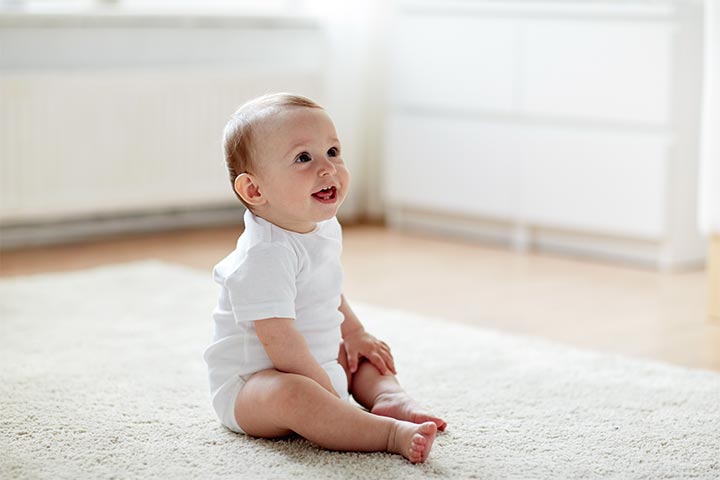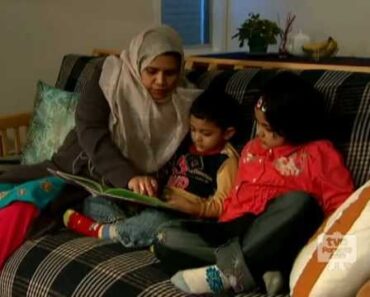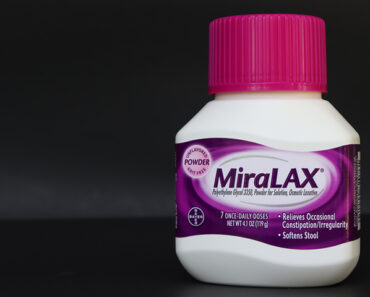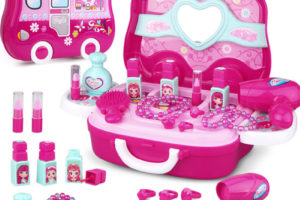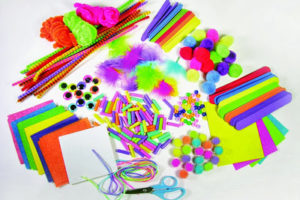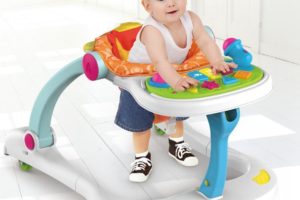Shutterstock
Babies achieve several developmental milestones during the first year of their lives. One of the most vital and notable physical development milestones is getting into the sitting position. Most babies are usually able to sit with support early during infancy. However, getting into a sitting position requires significant skill, indicating that the baby is also ready to achieve other developmental milestones.
Read on to learn about the age when babies get into the sitting position, signs they are ready to sit, how to encourage them, and when to be concerned.
When Does A Baby Sit Up On Their Own?
Babies can sit without support at six months and get into a sitting position by themselves by nine months (1). The baby will achieve several milestones before this ability. The achievement of other physical development milestones at different ages indicates that the baby will gradually learn to get into a sitting position.
Signs Your Baby Is Ready To Start Sitting Up
Below are the various developmental milestones and signs at different ages indicating that your baby will gradually be ready to sit up independently (2).
- Two months: Holds the head up and uses arms to push the ground when on the tummy.
- Four months: Holds head unsupported and may roll from tummy to back.
- Six months: Rolls in both directions and sits without support.
- Nine months: Stands while holding objects and can get into a sitting position.
How Does Sitting Up Help In Your Baby’s Development?
The process of sitting requires a complex interaction of your baby’s brain, nerves, muscles, and joints to allow them to balance the body in that position. Therefore, sitting prepares the muscles, bones, and joints for subsequent physical development milestones, such as crawling, standing, and walking.
Research has noted that sitting requires complex postural control by the central nervous system. The ability to get into a sitting posture could indicate maturation of the various regions and functions of the brain and spine (3). A mature brain is vital for the achievement of other developmental milestones. Thus, a healthy ability to sit may also affect other abilities, including non-physical ones, such as cognitive growth and development.
How To Teach Babies To Sit Up?
Most babies attain the skill on their own, and there may be no way to teach it. However, parents may support and encourage the baby’s physical abilities to ensure they reach milestones, such as sitting, on time.
- Encourage tummy time: Tummy time is one of the earliest exercises for your baby. It helps strengthen your baby’s back, shoulder, and core muscles. Tummy time could help your baby achieve milestones, such as rolling, sitting, crawling, standing, and walking, in a timely way (4).
- Support your baby’s back: Babies can be made to sit with support from the age of four months. Give them plenty of sitting time by supporting their back. You can place toys around your baby or read to them to keep them engaged during this time.
- Let your baby sit: Encourage a six-month-old to sit without support for a few minutes each day. Sitting without support could strengthen their muscles. Place your baby on the floor with their hands in front of their legs. It will help them use their arms and legs to balance themselves (5). You may place a few toys around them. Your baby will learn to balance the body as they try to grab the toys (6).
Precautions To Take When Helping Your Baby Sit
The following precautions could help make getting into a sitting position a safer experience for the little one (7).
- Stay close to your baby when they begin to get into a sitting position since they may be wobbly initially and could require support.
- You may place the baby on a soft surface, such as a mattress, or place pillows around them. It could insulate their falls during the initial phase.
- Do not leave the baby unattended even if they have adequate support from a high chair.
- Avoid using sitting devices since they may not provide adequate support and may also be unsafe. It is best for the baby to practice sitting on the floor.
What If The Baby Does Not Sit?
Each baby is different and may achieve developmental milestones at a slightly different age. If your baby does not get into a sitting position by the age of nine months, wait for a month. If your baby does not achieve the milestone by the tenth month, you may consult a doctor.
In most cases, the baby will achieve the milestone eventually, especially if they have achieved their previous physical development milestones. If your baby has a history of developmental delay or you notice developmental regression, consult your doctor promptly.
What Milestones Come After Sitting Up?
Once your baby has learned to sit, you may look forward to the following milestones (1).
- Crawling and scooting on the floor
- Pulling to stand
- Standing without support
- Walking while taking support of objects (Cruising)
- Walking without support
The ability to get into a sitting position is a major milestone for the baby. It could help strengthen their body for other physical development milestones and may even help in their cognitive development. You may facilitate this achievement through several activities. If your baby cannot get into a sitting position by the tenth month, do not hesitate to speak to a doctor.
